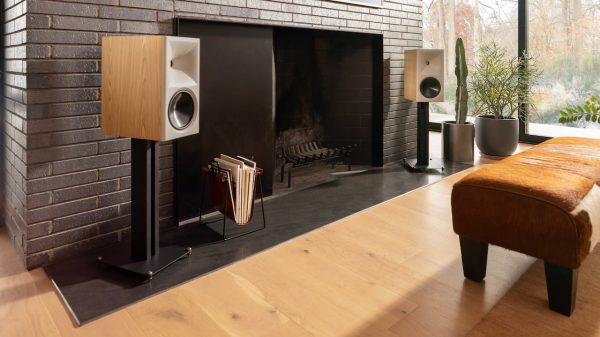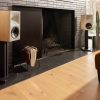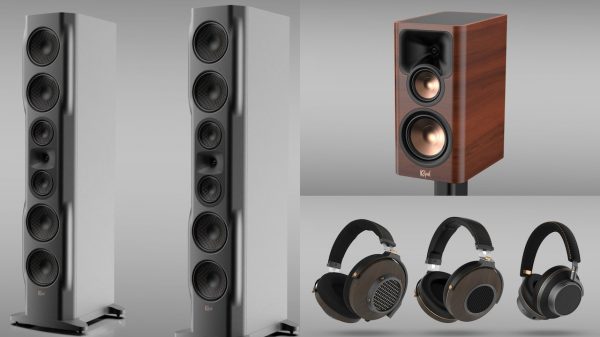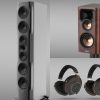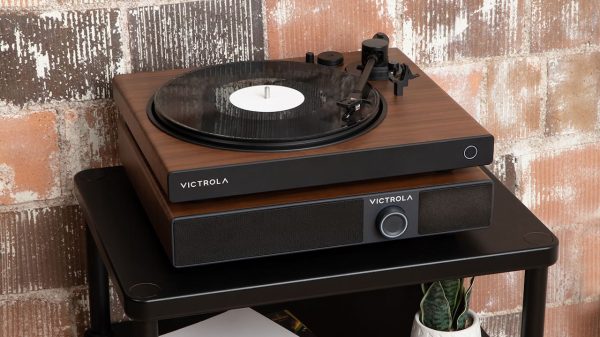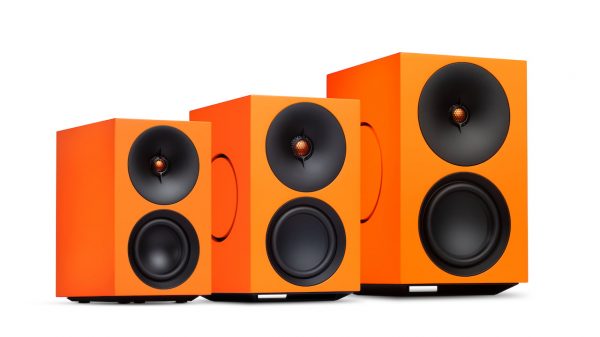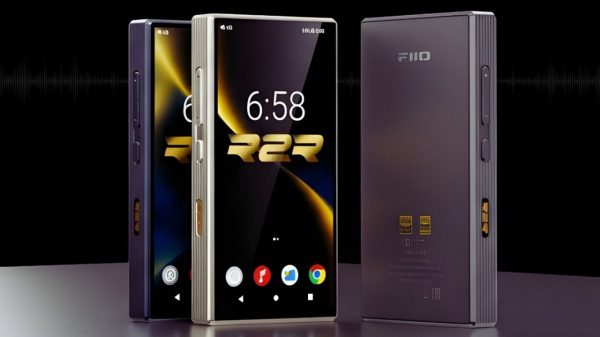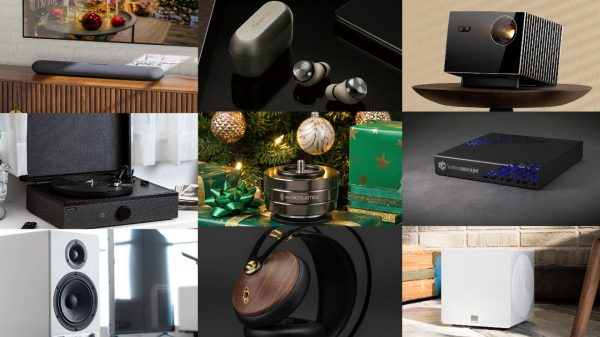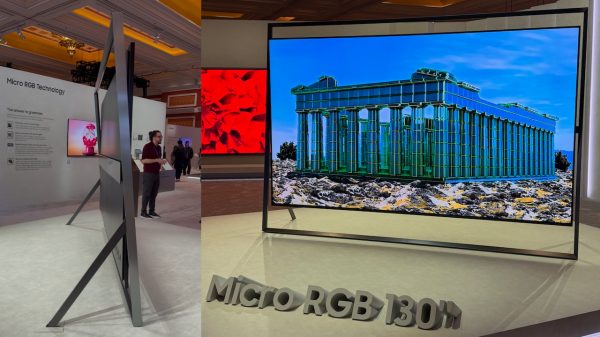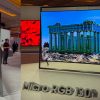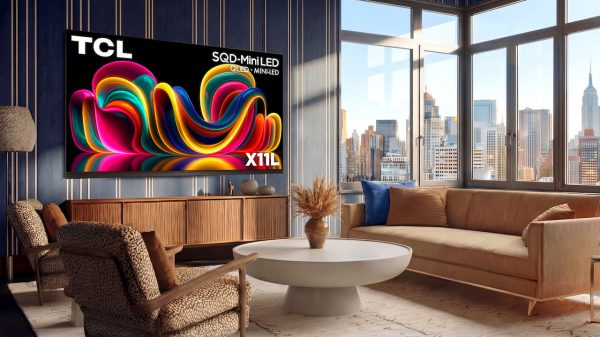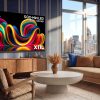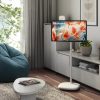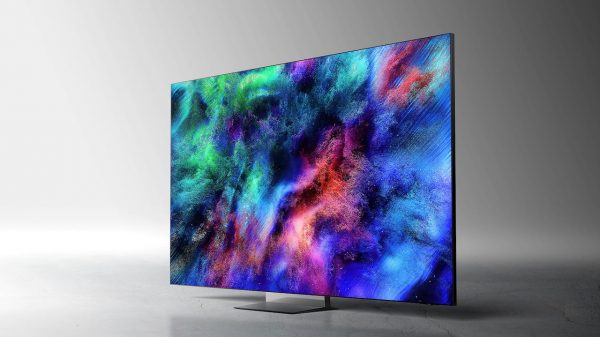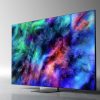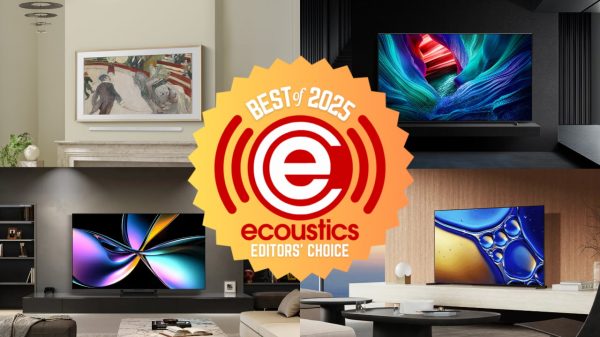If you thought LCD TVs were about to disappear — think again. Enter the Hisense U9DG Dual Cell LCD TV.
Many in the TV industry feel that LCD TV technology has just about reached the end of its dominant position in the A/V landscape. With OLED TVs reaching wider consumer acceptance, and new technologies such as MicroLED in development and Samsung’s QD-OLED TVs coming to market possibility as soon as 2022, time may be running out for LCD TVs.
However, China-based consumer electronics manufacturing giant Hisense is offering another variation of LCD TV technology that evolves its performance to closely match OLED and other new TV technologies.
Current LCD TV Variations
LCD TVs come in several variations with descriptive names such as LED/LCD, miniLED, QLED/Neo-QLED, Nanocell, and QNED mini-LED. OLED TVs are the only TVs in the current mainstream market that are not LCD-based.
However, the problem with LCD-based TVs up to this point is the lack of the ability to display absolute black, narrow viewing angles, and fast motion display capability without implementing lots of “tricks” that don’t always provide a good viewing experience.
On the other hand, although OLED TVs can display absolute black, have wider viewing angles, and more natural display of motion, they are susceptible to burn-in.
Taking all that into consideration, Hisense has taken an interesting approach with a new LCD TV variant that may attack some of the problems of both LCD and OLED technology while not abandoning the extensive LCD TV manufacturing infrastructure.
Dual-Cell LCD

Hisense has announced the release of its U9DG Dual Cell LCD TV for the U.S. market within its ULED-labeled high-end TV line-up. A previous model was introduced in Australia.
The Dual Cell LCD TV technology used in the U9DG consists of two LCD panels bonded together.
The surface LCD panel sports 4K resolution, combined with color filters and a second 1080p LCD panel is placed right behind it which provides a B&W version of the image. At the back of the TV, there is a standard LED blacklight.
As the LED blacklight goes through the B&W LCD layer, it functions like 2-million local dimming zones, far more than on any LCD TV to date, providing very accurate control of bright and dark objects in a displayed image, as well as minimizing white halos around bright objects against dark backgrounds.
This Dual Cell approach allows for black levels that are the closest to the absolute blacks produced by OLED TV.
Along with deep black levels, Hisense is touting the ability of the U9DG to display 40 times the contrast than most LCD-based TVs, once again bringing its performance closer to an OLED TV.

However, one downside of Dual Cell LCD TV technology is that the backlight has to pass through two LCD layers. This means image brightness is lower than on many high-end LED/LCD or QLED TVs. On the other hand, the U9DG can display brightness levels higher than OLED TVs.
For example, the U9DG can output a peak brightness of 1,000 Nits. This is brighter than most OLED TVs which often reach a max of 800 Nits, but not as bright as many LED/LCD, QLED TVs, and miniLED TVs that may be able to push out 2,000 nits or more.
NOTE: In 2019 Panasonic developed its own version of Dual-Cell LCD technology labeled “MagnaCon”, but has not released any TV models into the market.

Other Hisense U9DG features
In addition to its innovative Dual Cell technology, other features of the Hisense U9DG include:
- Quantum Dots: In addition to the two bonded LCD layers, Hisense has included an additional layer of Quantum Dots to support enhanced color.
- 120Hz Native Refresh Rate: This provides smooth motion for live TV and sports.
- HDR: With 1,000 nits the U9DG can display HDR accurately. Formats supported include HDR10/10+, Dolby Vision, and HLG.
- Audio: The U9DG supports both Dolby Atmos and Imax Enhanced Audio through HDMI-eARC.
- Video Processing: The Hisense Hi-View Engine is the U9DG’s video processing feature. Shadows, brightness, color, and other image features are continuously adjusted based on the TV’s capabilities and viewing environment.
- Android TV: The U9DG incorporates the Android TV OS (which also includes Chromecast Built-in). This means you have access to thousands of streaming that you can access directly on the TV, or cast to the TV via compatible smartphones. Google Assistant is also provided. Hisense also includes its own Hi-Media feature.
- Hands-Free Voice Control: In addition to Google Assistant, the U9DG has its own voice control for TV functions such as controlling volume and finding content. There are microphones built into the TV.
- Game Mode Pro: The U9DG includes gaming support via ALLM (Auto Low-Latency Mode), VRR (Variable Refresh Rate), and FreeSync.
- Connectivity: The U9DG has all the connections you need, including 4 HDMI inputs (2 are ver 2.1, 2 are ver 2.0b), two USB ports, built-in WiFi, and Bluetooth. NOTE: HDMI ver 2.1 features specifically related to 8K is not implemented on the U9DG.
Price and Availability
Full features and specifications (open pdf)
The Hisense U9DG comes in a 75-inch screen and may be found as low as $1,999.99. It is available exclusively in the U.S. through Amazon, Best Buy, and Value Electronics.
Final Thoughts…for Now
It will be interesting to see how the Hisense U9DG will faire in the highly competitive TV marketplace, especially with new non-LCD TV-based TV technologies being introduced over the course of the next few years.
If well-received, and sales stimulate the introduction of models in additional screen sizes and price points, Dual Cell technology has the potential to extend the market life of LCD TVs. On other hand, it could also end up being LCD TV’s last gasp.



